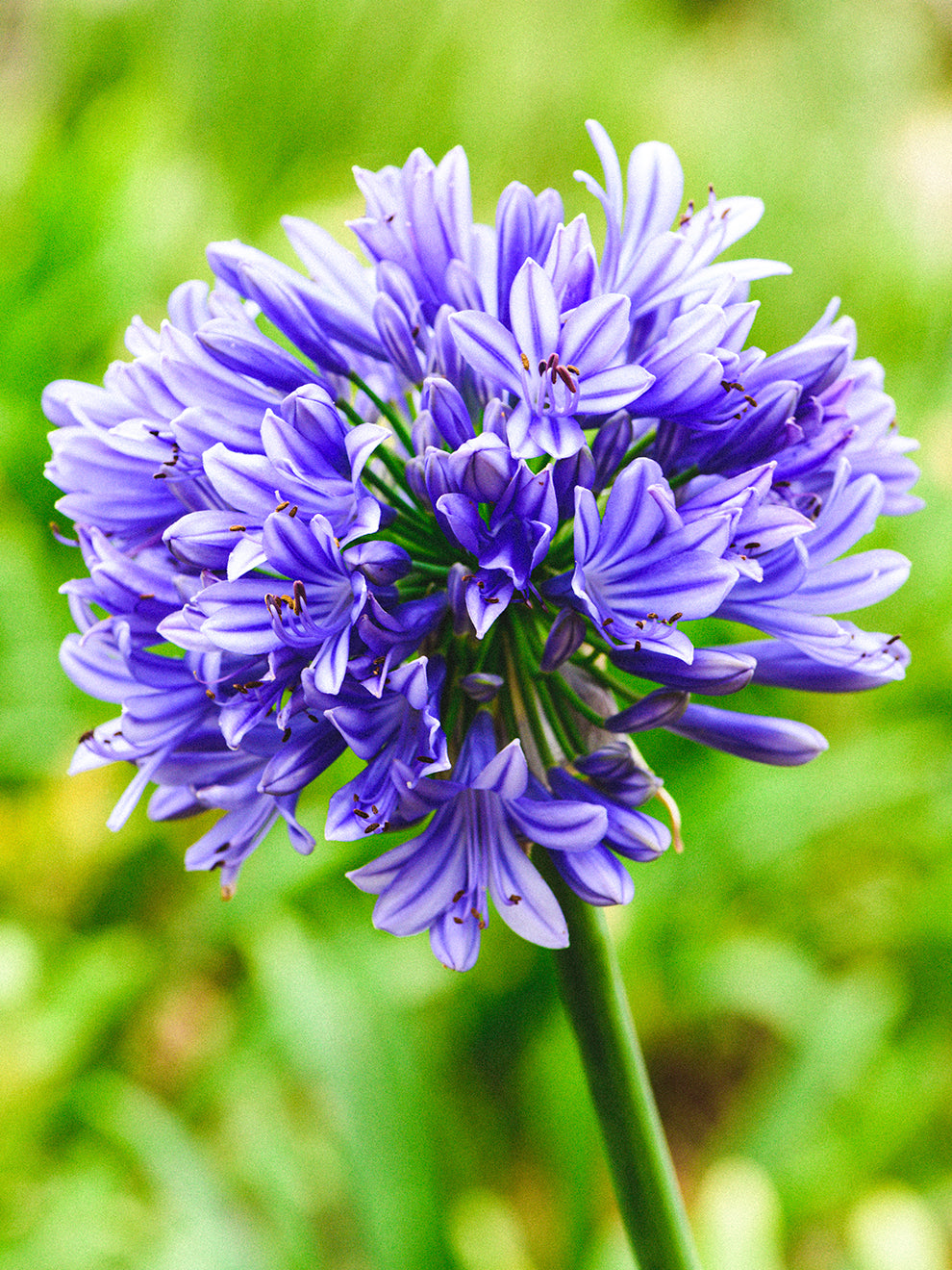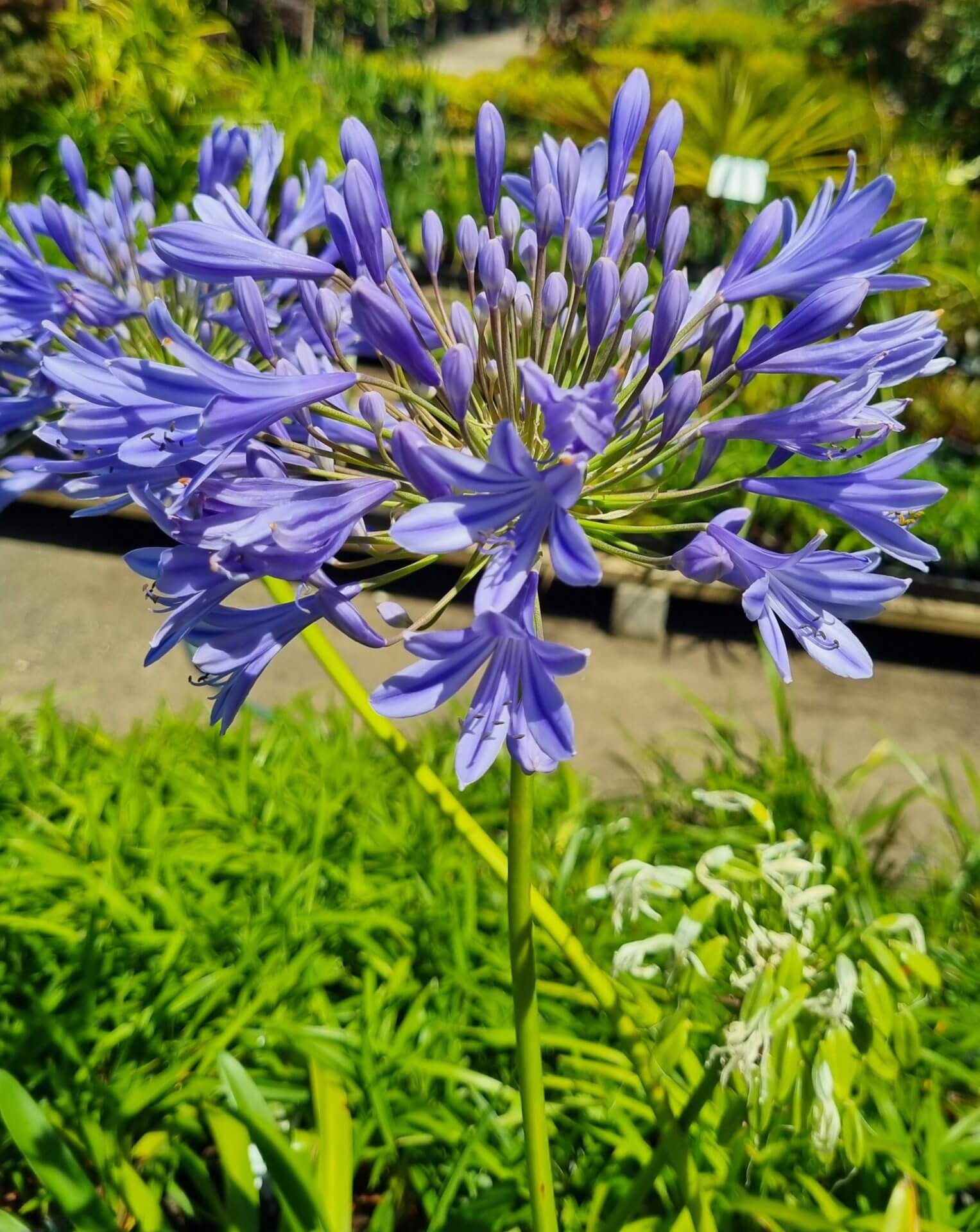Agapanthus Companion Plants: Perfect Pairings for Your Yard
Wiki Article
Unleashing the Secret to Effective Agapanthus Growing: Tips and Techniques for a Flourishing Garden
In the realm of gardening, growing agapanthus successfully calls for a tactical strategy that includes numerous aspects of plant treatment. With careful focus to detail, one can open the keys to nurturing these magnificent flowers, bring about a garden that grows with elegance and vibrancy. By recognizing the nuances of agapanthus growing, one can develop an atmosphere where these plants prosper and bloom perfectly. In the following conversation, we will certainly explore essential suggestions and methods that will direct you in the direction of a flourishing agapanthus garden, using understandings into finest methods, dirt conditions, watering strategies, and more.Planting Agapanthus: Ideal Practices
When planting Agapanthus, correct dirt prep work is crucial for guaranteeing effective growth and growth of these stunning blossoms. Agapanthus, commonly referred to as Lily of the Nile or African lily, flourishes in well-draining soil with a somewhat acidic to neutral pH level - Agapanthus. Prior to growing, it is critical to modify hefty clay dirts with raw material such as garden compost or peat moss to boost drain and give vital nutrients for the plantsTo grow Agapanthus, select an area that gets full sunlight to partial shade, as this will certainly promote healthy growth and plentiful blooming. Dig an opening twice the diameter of the plant's origin round and put the Agapanthus at the very same depth it was previously growing. Carefully backfill the opening with soil, weighing down strongly to remove any air pockets around the origins.
Water the freshly grown Agapanthus completely and proceed to keep the soil equally wet, particularly during the plant's active expanding season. Agapanthus. Applying a well balanced fertilizer once a month can further support the plant's development and blooming. By following these ideal practices for planting Agapanthus, you can develop a sensational display screen of these exciting flowers in your garden
Perfect Dirt Conditions for Agapanthus
For optimum growth and blooming success of Agapanthus plants, guaranteeing the soil conditions are perfect is essential. Agapanthus favors dirt that is abundant in nutrients, so incorporating a balanced plant food during the expanding season can promote healthy development and vibrant blooms.
Watering and Fertilizing Tips
To ensure healthy and balanced growth and dynamic blossoms, proper watering and fertilizing methods are essential for effective Agapanthus farming. Agapanthus plants benefit from regular watering, particularly throughout the growing season.When it pertains to fertilizing Agapanthus, a balanced plant food with equal parts nitrogen, phosphorus, and potassium can be used in the springtime to advertise healthy and balanced growth and flowering. Slow-release plant foods are optimal for providing nutrients progressively over a prolonged duration. Prevent over-fertilizing, as this can lead to extreme vegetation growth at the expenditure of blossoms.
Furthermore, incorporating raw material like compost right into the soil can improve nutrient levels and enhance dirt structure, assisting in the overall health of the Agapanthus plants. By adhering to these watering and fertilizing pointers, garden enthusiasts can ensure their Agapanthus plants prosper and generate sensational display screens of blossoms.
Trimming and Deadheading Techniques
Correct pruning and deadheading strategies play a vital function in maintaining the health and wellness and looks of browse around these guys Agapanthus plants, matching the vital methods of watering and feeding for effective cultivation. Pruning Agapanthus involves getting rid of invested blossom heads, yellowing or dead leaves, and overall shaping of the plant to promote much better growth. Deadheading, the procedure of getting rid of discolored flowers, not only boosts the plant's look yet also motivates more blooming.When deadheading Agapanthus, it is advisable to clip off the blossom stem at the base utilizing sharp, tidy shears. This process reroutes the plant's energy from seed production back into origin and foliage growth, advertising a healthier and extra robust plant. Routine deadheading a fantastic read can extend the flowering duration of Agapanthus and protect against self-seeding, which can result in congestion.
In regards to pruning, Agapanthus usually advantages from a light trim after blossoming to clean up the plant and urge fresh development. Cutting back the spent flower stems and getting rid of any kind of damaged or dead vegetation aids preserve the plant's vigor and general appearance. Nevertheless, it is important to avoid reducing right into the crown of the plant, as this can damage its wellness.

Protecting Agapanthus From Vermins and Diseases
Applying reliable bug and disease monitoring strategies is essential to securing the health and wellness and vitality of Agapanthus plants in growing. Agapanthus are typically durable plants, yet they can still succumb different insects and illness otherwise properly cared for. One usual pest that impacts Agapanthus is the Agapanthus borer, a caterpillar that read this post here tunnels into the plant, triggering damages to the blossoms and leaves. To protect against problems, normal examination of the plants is essential. If borers are discovered, they can be manually eliminated, or insecticidal soap can be utilized as a control action.In enhancement to parasites, Agapanthus are susceptible to conditions such as origin rot and fungal leaf spots. By remaining vigilant and attending to parasite and disease issues quickly, garden enthusiasts can aid their Agapanthus grow and grow.

Verdict
To conclude, successful growing of agapanthus needs appropriate planting techniques, suitable soil problems, sufficient watering and feeding, regular trimming and deadheading, and defense from parasites and conditions. By adhering to these techniques and suggestions, gardeners can guarantee a flourishing garden full of attractive agapanthus blossoms. Agapanthus. Bear in mind to preserve constant care and focus to information to advertise the health and wellness and longevity of these stunning plantsWhen growing Agapanthus, appropriate dirt preparation is necessary for ensuring successful development and advancement of these gorgeous flowers.Water the freshly planted Agapanthus thoroughly and proceed to maintain the soil evenly wet, particularly during the plant's energetic expanding period.For optimal development and growing success of Agapanthus plants, guaranteeing the dirt problems are ideal is critical. When hair transplanting or planting Agapanthus, ensure the dirt is well-prepared to offer the necessary structure for the plants to establish themselves efficiently. One typical pest that impacts Agapanthus is the Agapanthus borer, a caterpillar that tunnels right into the plant, causing damages to the leaves and blossoms.
Report this wiki page